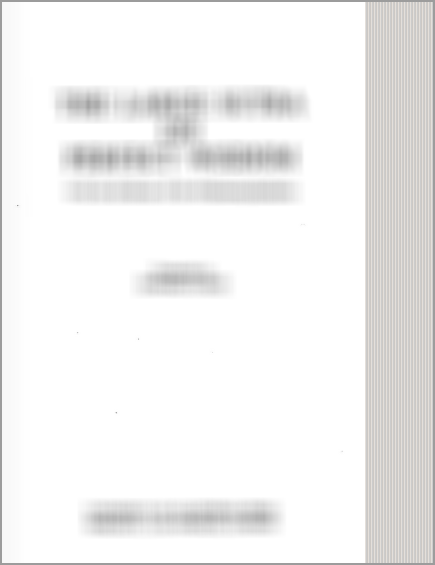Brahma Sutras (Shankaracharya)
by George Thibaut | 1890 | 203,611 words
English translation of the Brahma sutras (aka. Vedanta Sutras) with commentary by Shankaracharya (Shankara Bhashya): One of the three canonical texts of the Vedanta school of Hindu philosophy. The Brahma sutra is the exposition of the philosophy of the Upanishads. It is an attempt to systematise the various strands of the Upanishads which form the ...
II, 4, 7
7. And (they are) minute.
The author of the Sūtras adds another characteristic quality of the prāṇas. The prāṇas under discussion must be viewed as minute. By their minuteness we have to understand subtilty and limited size; but not atomic size, as otherwise they would be incapable of producing effects which extend over the whole body. They must be subtle; for if they were big the persons surrounding a dying man would see them coming out from the body at the moment of death, as a snake comes out of its hole. They must be limited; for if they were all-pervading the scriptural statements as to their passing out of the body, going and coming, would be contradicted thereby, and it could not be established that the individual soul is 'the essence of the qualities of that' (i.e. the manas; cp. II, 3, 29). Should it be said that they may be all-pervading, but at the same time appear as functions (vṛtti) in the body only, we rejoin that only a function can constitute an instrument. Whatever effects perception, may it be a function or something else, just that is an instrument for us. The disagreement is therefore about a name only, and the assumption of the instruments (prāṇas) being all-pervading is thus purposeless.--Hence we decide that the prāṇas are subtle and of limited size.
